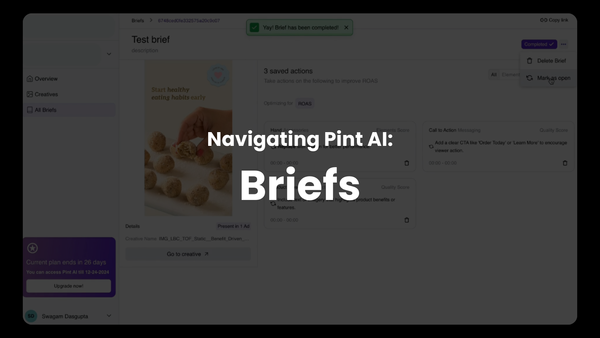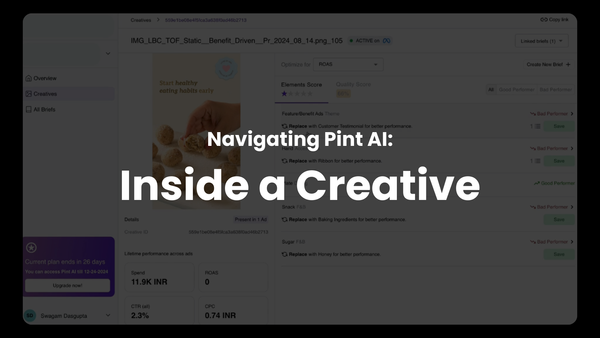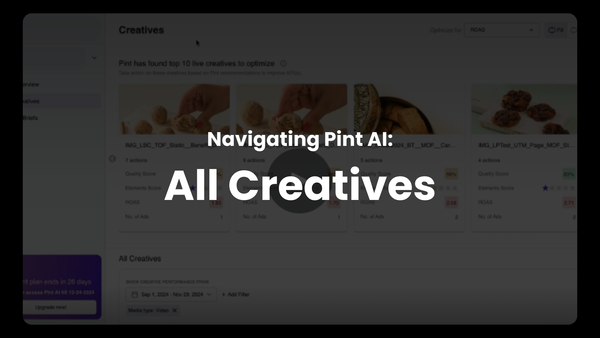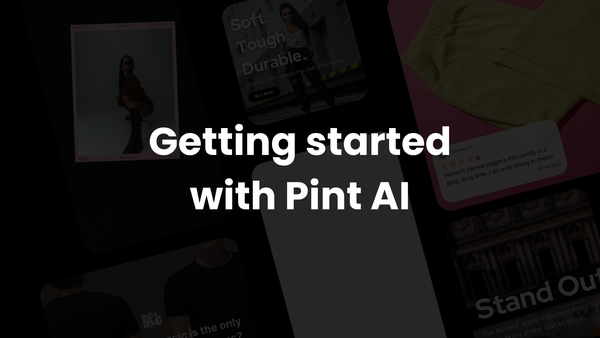7 Steps to Optimize Ad Creatives for Higher Conversions: A Guide
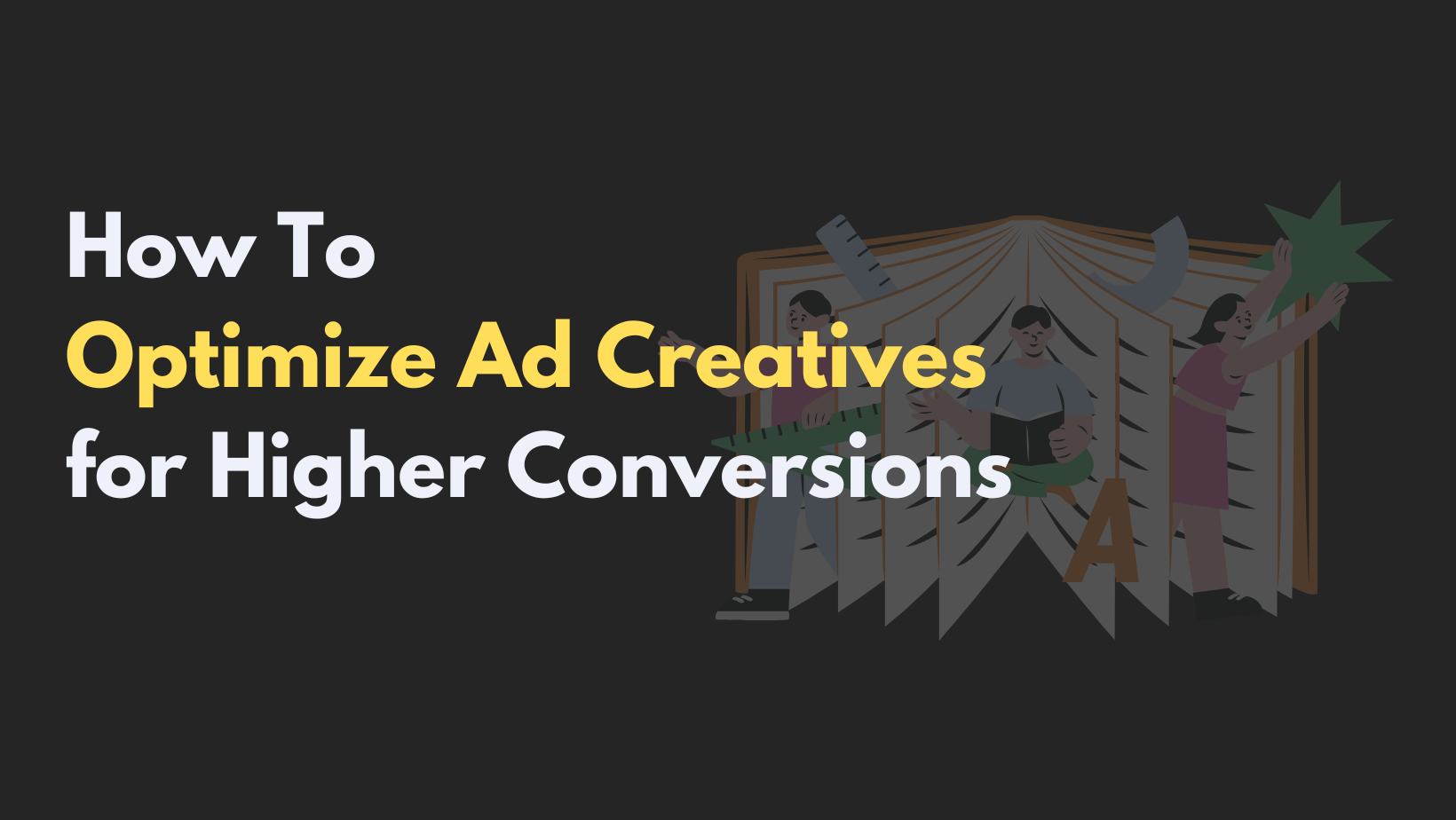
Optimizing your ad creatives is one of the most crucial steps you can take for driving better conversions.
What does it mean? Simply put, ad creative optimization involves fine-tuning various elements of your ads to maximize their performance. By leveraging conversion optimization tools and creative improvement software, marketers can create compelling ads that resonate with their target audience and drive higher engagement and conversion rates.
In this starter's guide, we'll explore a step-by-step approach to optimizing your ad creatives.
Understanding Ad Creative Optimization
As mentioned in the introduction, ad creative optimization is the process of analyzing and enhancing the visual and textual elements of your advertisements to improve their effectiveness.
This includes aspects such as imagery, headlines, calls-to-action (CTAs), color schemes, and overall design.
The goal is to create ads that capture attention, communicate your message clearly, and compel viewers to take action.
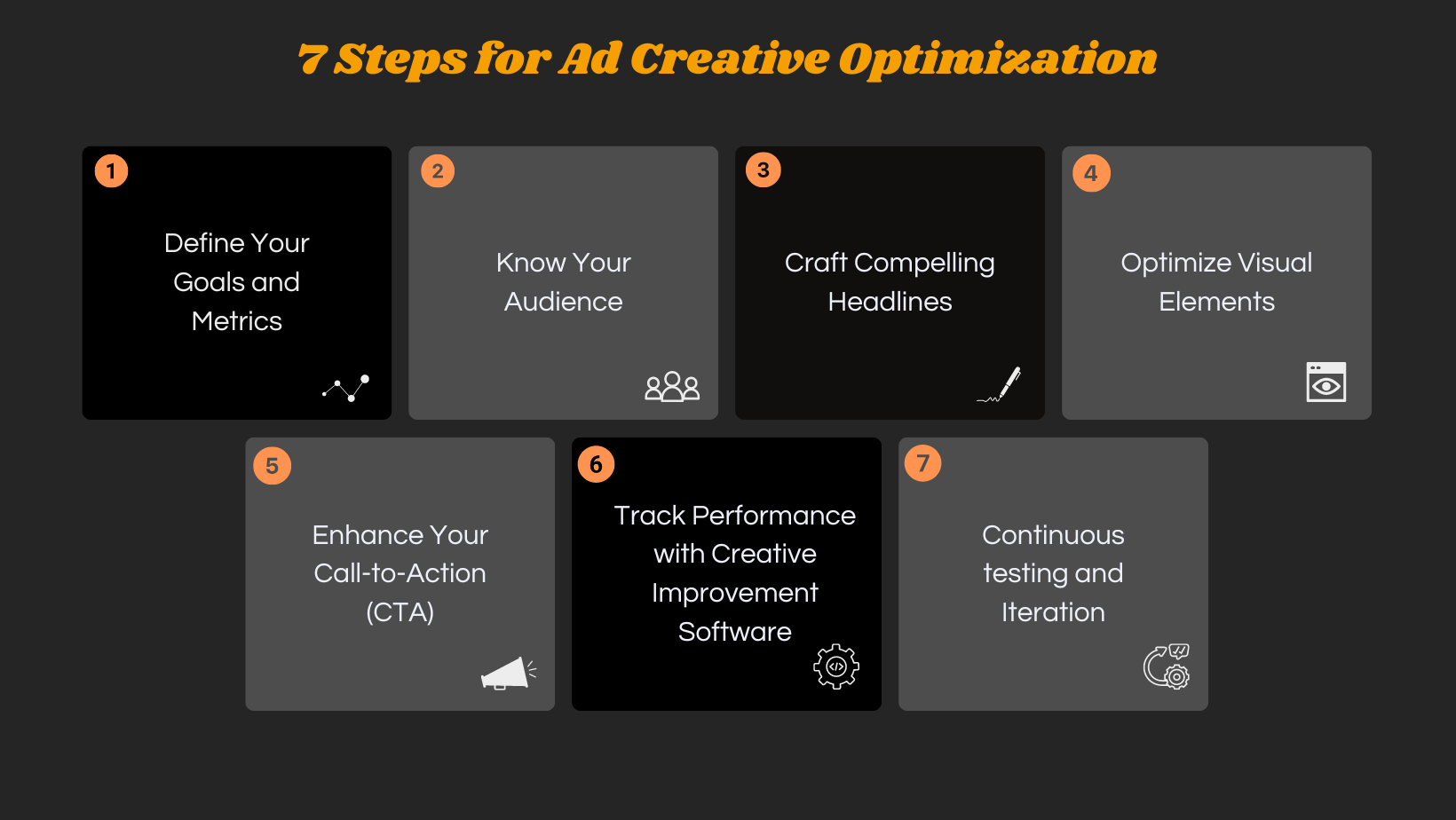
Step 1: Define Your Goals and Metrics
Before diving into the creative elements, it's essential to define your goals and the metrics you'll use to measure success. Common goals for ad campaigns include increasing click-through rates (CTR), improving conversion rates, and boosting return on ad spend (ROAS).
Based on your goal, identify the key performance indicators (KPIs) that align with your objectives and set benchmarks for each.
Example:
- Goal: Increase conversions on website by 20%
- Metrics: CTR, conversion rate, ROAS
Step 2: Know Your Audience
Understanding your target audience is fundamental to creating effective ad creatives. Conduct thorough research to identify their preferences, pain points, and behaviors.
Use tools like Google Analytics, social media insights, and customer surveys to gather data about your audience. Create detailed buyer personas to guide your creative decisions.
Example:
A direct-to-consumer (D2C) skincare brand discovered through audience research that their target market preferred natural and eco-friendly products.
They adjusted their ad creatives to highlight the organic ingredients and sustainable packaging, resulting in a 30% increase in conversions.
Step 3: Craft Compelling Headlines
The headline is one of the first elements viewers notice in an ad. It should be attention-grabbing, relevant, and convey a clear value proposition. Experiment with different headline styles, such as questions, commands, and benefit-driven statements. A/B test multiple headlines to identify which ones perform best.
Example:
- Before: "Discover Our Skincare Range"
- After: "Transform Your Skin with Organic Ingredients"
Step 4: Optimize Visual Elements
Visual elements play a critical role in ad performance. Ensure your images and videos are high-quality, relevant, and aligned with your brand identity. Consider the following aspects when optimizing visuals:
- Imagery: Use clear, attractive images that highlight your product's features and benefits. Avoid cluttered visuals and focus on a single, compelling image.
- Color Schemes: Choose colors that evoke the desired emotions and are consistent with your brand. Use contrasting colors for CTAs to make them stand out.
- Design Layout: Ensure the design is clean and easy to navigate. Use whitespace effectively to direct attention to key elements.
Example:
An e-commerce fashion retailer noticed low engagement with their ads featuring models wearing their products. By switching to close-up shots of the clothing items with minimal background distractions, they increased their CTR by 25%.
Step 5: Enhance Your Call-to-Action (CTA)
The CTA is the driving force behind conversions. It should be clear, compelling, and action-oriented. Use strong verbs and create a sense of urgency or exclusivity. Position the CTA prominently within the ad, and test different variations to see which one drives the most conversions.
Example:
- Before: "Learn More"
- After: "Shop Now and Save 20%"
Step 6: Leverage Creative Improvement Software
Utilize creative improvement software to analyze and optimize your ad creatives. These tools can provide valuable insights into which elements are performing well and which need adjustment. Software like Pint AI can help you identify the specific creative elements driving conversions and offer actionable recommendations for improvement.
Step 7: A/B Testing and Iteration
Continuous testing and iteration are crucial for optimizing ad creatives. Conduct A/B tests to compare different versions of your ads and identify what works best. Analyze the results and make data-driven decisions to refine your creatives. Regularly update your ads to prevent ad fatigue and keep your audience engaged.
Example:
An online fitness program tested two versions of their ad: one with a testimonial video and another with a product demo. The testimonial video outperformed the product demo, leading to a 20% higher conversion rate. They then iterated on the winning ad to further enhance its effectiveness.
Conclusion
Optimizing your ad creatives is a dynamic and ongoing process that requires a combination of creativity, data analysis, and strategic thinking.
By defining clear goals, understanding your audience, crafting compelling headlines, optimizing visual elements, enhancing CTAs, leveraging creative improvement software, and conducting A/B testing, you can create high-performing ads that drive better conversions.


